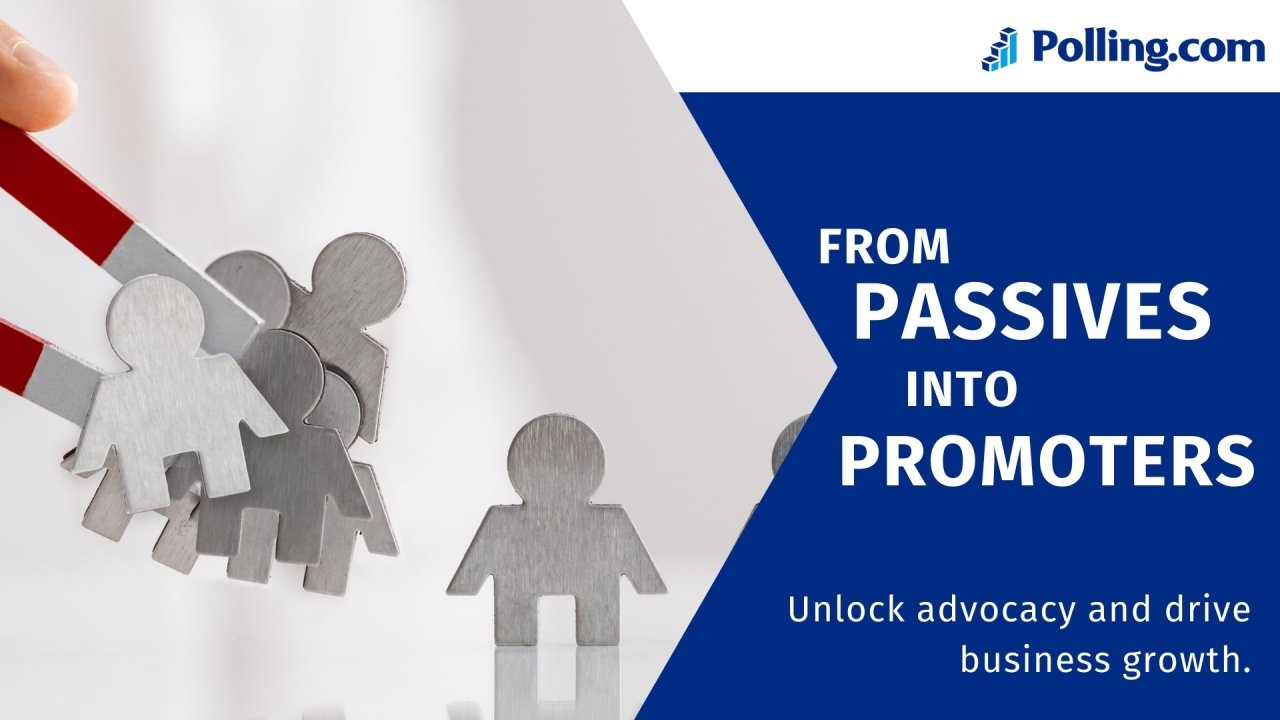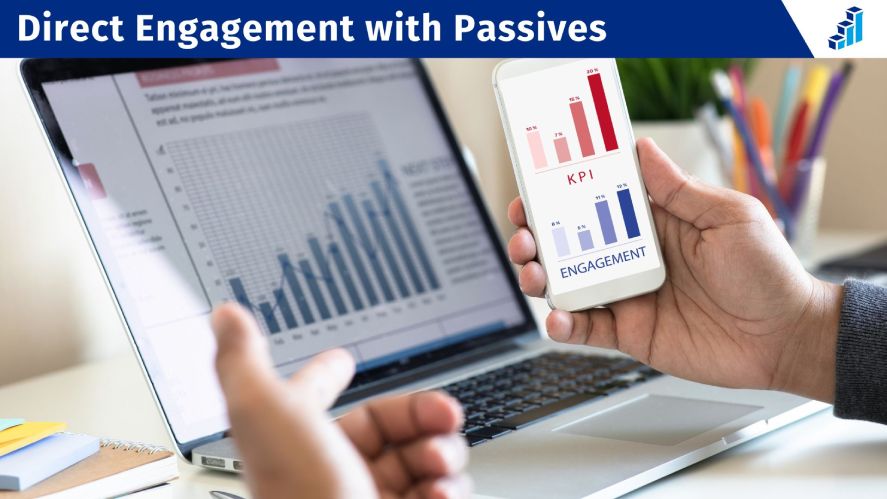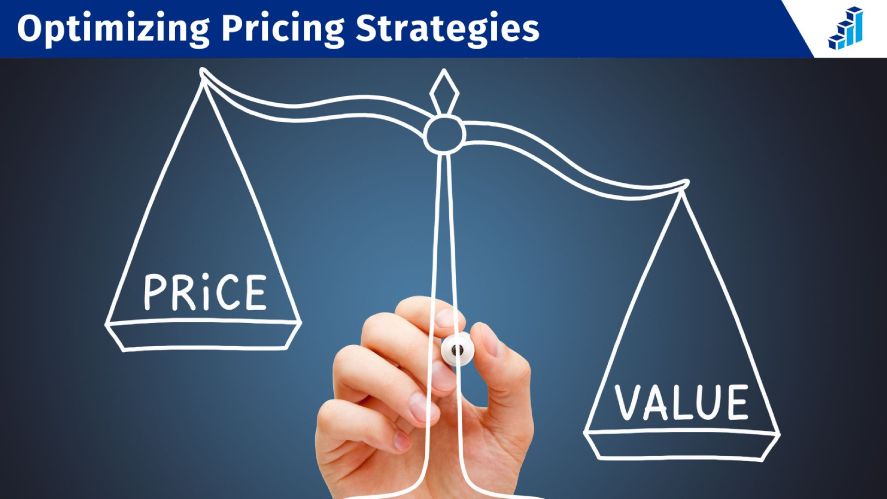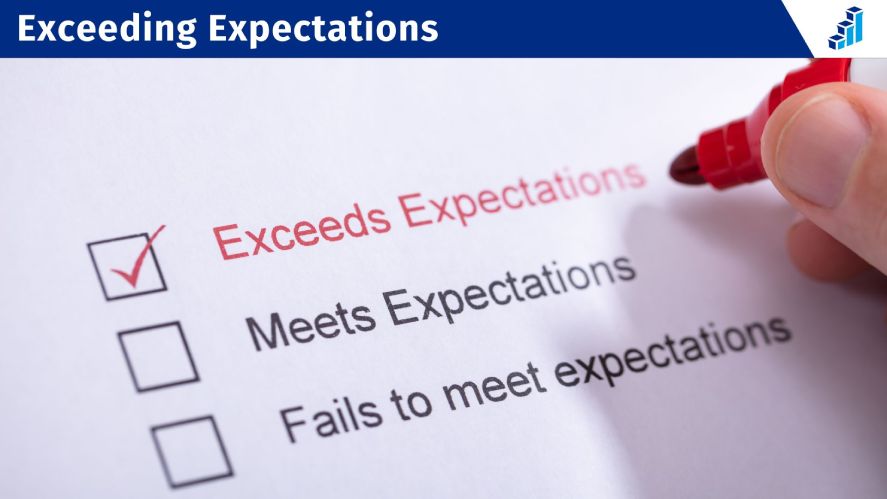
Turn Passives Into Promoters: How to Connect and Engage
If you want to grow a loyal audience, you need to turn passives into promoters. Many customers remain neutral about a brand, but with the right strategies, you can engage them and transform them into enthusiastic advocates. In this guide, we’ll explore how to connect with your audience and encourage them to actively support your brand.
Net Promoter Score (NPS) is a valuable tools that help businesses understand how likely customers are to recommend their products or services to others.
While NPS divides customers into three groups: Promoters, Passives, and Detractors. Passives are a group that is often neglected by most businesses.
This is an unfortunate missed opportunity, as turning them into Promoters is far more important and impactful than many realize.
Below, let us explain why focusing on Passives is critical and how to turn Passive into promoters with actionable plans.
Understanding Your Audience: The Passives
To begin with, we should first understand what NPS is.
NPS (Net Promoter Score) is a business metric that measures customer satisfaction and loyalty to specific brands, products, or services by asking how likely customers are to recommend them to their relatives, friends, or colleagues.
Based on that survey, customers are categorized into three groups:
- Promoters (9-10)
- Passives (7-8)
- Detractors (0-6)
To calculate NPS, subtract the Detractors’ percentage from the Promoters’ percentage. This score shows how much customers like the business overall.
While Promoters and Detractors have clear opinions toward businesses, with Promoters advocating for them and Detractors being unhappy with the service they receive, Passives are kind of in the middle.
Passive express neutral feelings about businesses’s products or services. They generally like what they’ve got but not quite enough to recommend them to other people.

Passives also tend to care more about price, so if there’re opportunities arise, they might switch to a cheaper option.
That being said, many business owners or marketers overlook Passives as an unprioritized part of the Net Promoter System.
Businesses focus more on pleasing the Promoters and addressing the concerns of Detractors, leaving the Passives somewhat neglected in their strategy.
This is quite understandable because the NPS formula doesn’t even count the number of Passives. However, this is a mistake for businesses as Passives make a big impact on a company’s success.
Unlike unhappy customers who need lots of attention to make them happy, Passives, with their moderate attitude, can be nudged to become happy Promoters, which saves costs and effort for businesses.
Identifying NPS Passives
To find NPS Passives, businesses use different methods.
Here’s how to do it:
NPS Surveys
The simple yet powerful to identify passive customers is through NPS surveys.
These surveys offer a direct way to gauge customer satisfaction and loyalty. Businesses can place in-app surveys at different touchpoints to gather insights into how customers feel about products or services.
Once businesses gather the NPS responses, the next crucial step is to analyze them.
In this process, using NPS rating software that supports quick analysis and categorization can help businesses efficiently identify and address the needs of passive customers.
Product Analytics
Another method is to dive into product analytics.
There are various tools that assist businesses in spotting potential passive customers. Companies can look deep into customers’ insights with products or services like Google Analytics, Mixpanel, or Amplitude.

These analytics offer data to help businesses understand user interactions, emerging patterns, and potential issues like dropouts. That said, looking at these data can help pinpoint the passives as they tend to use product features less over time.
These usage patterns clearly define the reduced satisfaction or interest in products or services. Require the proactive action of business to prevent disengagement.
Measuring Customer Satisfaction
Businesses also measure customer satisfaction through various surveys.
These surveys could be sent after a purchase or a customer service interaction to collect proactive feedback from customers and thus can quickly identify who is unhappy with what they receive.
Some popular surveys are CSAT (customer satisfaction surveys) or CES (customer effort score surveys).
By gathering feedback, businesses can understand how customers feel and identify the needed areas to find ways to improve customer experience.
Strategies to Engage and Convert Passives
As Passives represent a valuable opportunity for businesses to invest in, it’s essential for businesses to develop strategies to convert them into Promoters.
Here are actionable strategies to help you turn Passives into loyal advocates.
1. Direct Engagement
To clearly define customers’ attitudes and needs, directly engaging with Passives is an effective way to reach the point.
This could be done through email, phone calls, messages on social media platforms, or including follow-up questions in NPS surveys.

Open-ended questions or forms are the best way to gain the most insights into their attitudes and needs.
By asking questions that encourage detailed responses, businesses can find out what motivates Passives, what they like the most, and any pain points that they unfortunately experience.
For example, asking Passives:
- What features in our product/service would be more valuable to you?
- What feature that you think we could improve?
- What did you feel was missing or disappointing during your experience with us?
Additionally, avoid asking neutral questions to this group. These kinds of questions might not get the helpful feedback needed to understand customers better.
Instead, focus on asking direct and specific questions that encourage them to share their thoughts. This approach shows that you really care about their feelings and want to find ways to make things better.
2. Understanding and Addressing Dissatisfaction
While passive customers wonder whether or not they should spread positive word of mouth about your products or services to others, they definitely have something that they are looking for, like new features or improved services.
In order to address their concerns and improve their satisfaction, you should consider these steps:
- Listen to their feedback: Pay attention to what Passives are saying about your products or services.
- Identify key areas for improvement: Pinpoint the main areas where Passives feel let down or unsatisfied.
- Take action: Work with your team to develop practical solutions to the problems.
- Communicate changes: Once you’ve made improvements, let Passives know about it.
By taking these proactive steps, you can address dissatisfaction among Passives, and improve their satisfaction.
Sometimes, only minor changes can make a significant impact.
They perceive that you actively listen to their needs and want to change the landscape for a better version; this, somehow, takes a step forward in turning them into Promoters of your brand.
3. Increasing Perceived Value
If you want to retain Passives and turn them into satisfied customers, you have to show them your dedication to being a better company and increasing the value they expect to receive.

This requires your businesses to implement strategies to enhance the value of products or services.
Improving Features
Features are the main category when it comes to determining the satisfaction of customers.
You need to enhance the functionality and usability of your product or service by adding new features or updating the existing ones.
To facilitate this process, you need to listen carefully to Passives, understand their needs, and prioritize updates based on what will provide the most value.
For example, if Passives show their specific desires for a feature, then consider investing in its development to enhance the overall quality of what you’re offering.
Enhancing Customer Service
It’s necessary to provide exceptional customer service to demonstrate your commitment to meet the Passive’s needs.
You can achieve this through various actions, such as training your customer service team to be responsive and empathetic in all customers’ inquiries and practicing omnichannel support options to actively seek feedback and improve service delivery.
Optimizing Pricing Strategies
Price is a big concern, whether people engage with the business for the longer term or not. If customers perceive that the value they receive is not compatible with the price they have to pay, they might drop out.

Therefore, it’s necessary to conduct market research to understand Passives’ price sensitivity and what they are willing to pay, and adjust your prices accordingly.
Additionally, consider offering pricing options, discounts, or bundle packages to provide value-added incentives.
4. Leveraging Feedback for Improvement
When Passives share their thoughts, it’s a golden opportunity for your business to make things better.
Their opinions include valuable insights for improvement and opportunities to enhance your products or services. You can extract ideas from their feedback to make your offering stand out.
In addition, it’s essential to show Passives that opinions matter and that their feedback leads to tangible changes.
In this way, you can foster the relationship between your business and your customers, demonstrate your response to feedback, and how you implement changes based on customer input.
5. Exceeding Expectations
Passives give you a score from 7-8. It’s obviously understandable that there are barriers that prevent them from giving higher scores, and you have to acknowledge this.
Although they stay with your business, it does not mean they will be there forever. Once they realize that there are other brands that suit them better, they will show themselves out by switching to another brand.

Thus, you should be the one to set the benchmark for your customer’s expectations and understand them even better than themselves, or be at the top of offering providers.
You can start by improving your service, expanding your knowledge, and adding features that your competitors don’t offer.
After that, measure your success by establishing success metrics and business KPIs to quantify performance. For example, track metrics such as Net Promoter Score, customer retention rates, and referral rates.
Tools and Technologies to Assist
Nowadays, in the digital landscape, there are various tools and technologies that assist businesses to understand customers effectively.
1. Polling.com
Our simple and helpful tool for creating polls and surveys to get insights from customers in games or apps. It’s easy to use and helps gather opinions from various survey templates available or clone from existing surveys.
2. SurveyMonkey
A user-friendly tool for creating surveys to ask customers about their satisfaction and loyalty. It helps businesses understand what customers think and provides features to analyze the responses easily.
3. Zendesk
Let businesses collect feedback from emails, chats, and social media. It gives insights into customer feelings and helps find areas to improve through reports and analytics.
4. Google Analytics
Shows how people interact with business websites and apps. It helps understand where website visitors come from, what they do on the site, and if they buy anything.
Conclusion
Turning Passives into Promoters is crucial for business growth.
This allows you to leverage their potential to spread possessive word-of-mouth and drive new customers.
Don’t overlook Passives—they are a valuable segment for your businesses to invest in. By focusing on satisfying Passives and turning them into loyal advocates, you can pave the way for long-term success and growth in your industry.
